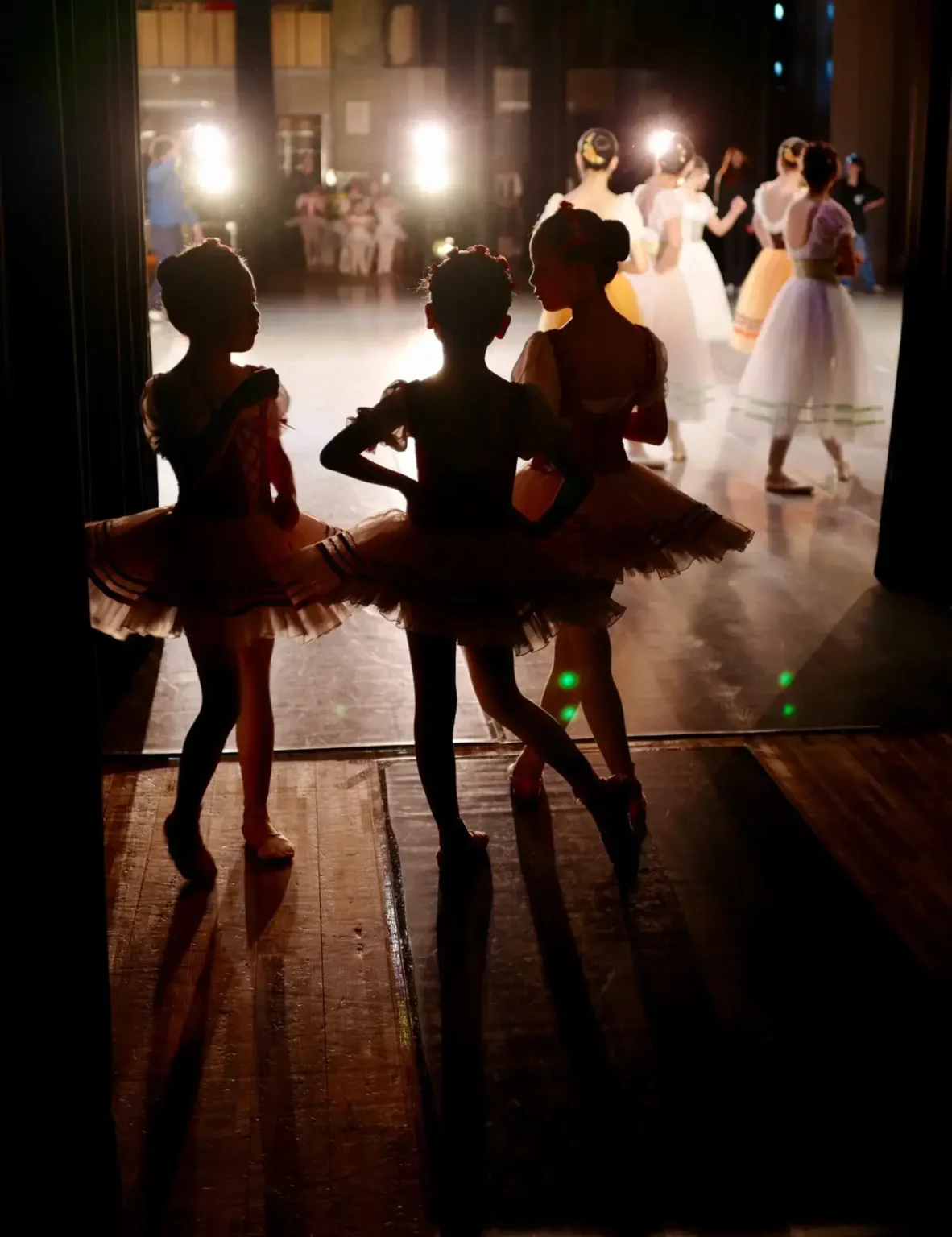At some point in the year, students across Canada will be busily preparing for their school concerts. And the odds are that most of them will be a bit uneasy about getting up on stage—whether they’re playing one of the wise men, presenting the story of Hanukkah or singing about winter wonderlands.
While talking with one young girl about her anxiety, I asked if she could remember the first time she experienced symptoms associated with it. She easily recalled standing at the front of her class when the first wave of panic passed through her. She said her heart started beating more rapidly, her mouth became dry and her hands felt weak. She got through her short presentation, but the experience left her not wanting to feel the same ever again. That evening, she shared what had happened with her mother, who offered to speak to her teacher. He suggested he’d accommodate her by allowing her to present to him alone during lunch—it was a relief for the girl and her mom.
But two years later, and still feeling anxious, her mother called me to help. When asked what she felt was the best way to overcome her anxiety of speaking in front of her class- mates, she astutely shared that in order conquer it, she’d need to do what she was afraid of. She was absolutely right.
For children who are younger, I sometimes share the story of the fear monster and how avoiding him only makes him bigger and stronger. It is like, I say, feeding the fear monster. The only way to have the fear monster shrivel up and disappear is to confront him.
However, I know that this is often easier said than done. It’s hard to confront the fear monster if you don’t have the tools or the self-confidence to stand up to him. So, often children are helped by recognizing the warning signs of feeling afraid, where in their bodies the feelings are most intense and how to calm themselves. They are also helped by knowing that fear is a normal human emotion and that they don’t have to get rid of fear, just know how to face it.
It’s often helpful to give children the words to say inside of their heads. Words such as, “I know why I am feeling this way—I don’t want to embarrass myself in front of my peers.
But nothing bad is going to happen. I won’t freak out or run out of the classroom. All
of my classmates probably feel the same as me when they’re up here, too. I’m going to do my best and when it’s over I’ll feel proud for doing it.” I know this is a long script, but depending on your child, it can be condensed or just discussed ahead of time.
Most kids (and adults, for that matter) prefer not to have all eyes on them. They also fear forgetting their lines in a play, lyrics in a song or steps in a dance. Children who fall in this majority should be told their feelings are quite common— plenty of people feel this way. Normalizing fear is important, but so is helping kids recognize that running away from fear makes what they’re afraid of worse. With coaching from parents (or in more extreme situations, getting professional help), they can work toward developing the confidence to participate in performances and other activities in front of audiences.
Through The Ages
Preschool
If a preschooler is showing signs of being anxious, just know that this is an entirely normal developmental phase and don’t push her too hard to get over it. However, if the anxiety persists beyond the normal stage, then you might consider your role in helping or hindering the anxiety. Of course, with this age group, you can’t approach fear from a cognitive behavioural perspective as you would with an older child who can reflect and process thoughts differently.
School Aged
Normalizing fear is important. However, in age appropriate language, helping your child recognize that running away from fear would make it worse, is important. Remind your child of a time when she tackled something she was afraid of and how this helped her feel more confident the next time. If your child can’t remember a time that she tackled fear, perhaps you can share a time when you did and how this impacted you.
Teens
Teens are particularly self conscious and it doesn’t take much for them to feel that all eyes are on them, and it makes them especially uncomfortable when they really are. This age group is particularly able to employ more of a cognitive behavioural approach when addressing fear and are able to reflect on what they are feeling, when and how.
Originally published in ParentsCanada magazine, Fall 2017.










